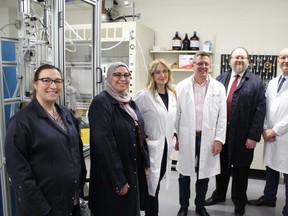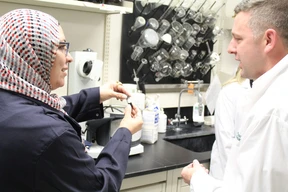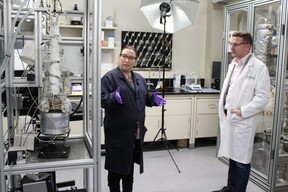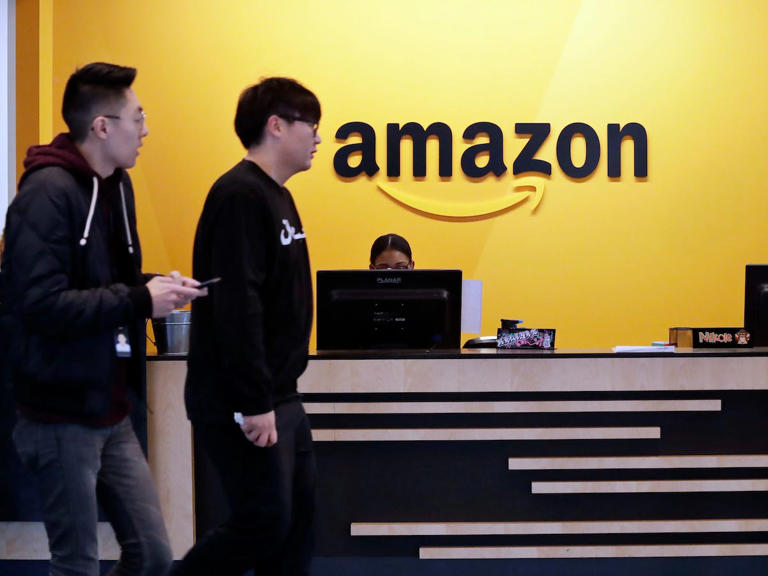Advancing hydrogen use in transportation

Photo 160742721 © Julien Viry | Dreamstime.com
By rdnewsNOW staff
Jan 25, 2023 |
Alberta’s government says it is seeking input on developing hydrogen fuelling stations to help support future low-emission transportation needs.
The government says Alberta is currently the largest hydrogen producer in Canada and research suggests that the province can produce some of the lowest-cost clean hydrogen in the world. The growing use of hydrogen fuel electric vehicles and hydrogen-diesel dual combustion vehicles is also said to provide an opportunity to reduce emissions in Alberta’s transportation sector while supporting the province’s growing hydrogen economy.
Alberta Energy says it is seeking expressions of interest to help the government gauge the potential for a provincial network of hydrogen fuelling stations owned and operated by the private sector.
“Alberta has the potential to be a global hydrogen leader. To help make that reality, we need to have the infrastructure in place to support its use. Hydrogen fuelling stations could power heavy-duty commercial vehicles, help reduce emissions and support future adoption in other mobility sectors. We are a province driven by innovation, and I look forward to reviewing the proposals,” says Pete Guthrie, Minister of Energy.
“This represents an important initial step forward on the road to a lower-emission future. I’m looking forward to seeing the input we receive from stakeholders and potential partners in this innovative enterprise. Once again, Alberta is leading the way in this cutting-edge opportunity,” adds Dale Nally, Minister of Service Alberta and Red Tape Reduction.
Officials say the expression of interest is focused on the heavy-duty transportation sectors because they are the most likely to be early adopters of hydrogen fuel cell electric vehicles. Industry will be asked to provide information including potential locations, capital and operating costs, delivery and storage, and safety considerations. In addition, the expression of interest is expected to gather information to assess the potential for the infrastructure to be used for general commercial and personal use of Albertans.
“As the largest producer of hydrogen in Canada, Alberta is uniquely positioned to be a leader in the hydrogen economy. Hydrogen fuelling stations could present many advantages to the heavy-duty transportation sector such as rapid refuelling, longer travel distances and the ability to support heavy payloads. This paves the way for more jobs and economic growth in Alberta and across Canada,” says Devin Dreeshen, Minister of Transportation and Economic Corridors.
In 2021, the government says Alberta released its Hydrogen Roadmap, which outlines the province’s vision to deploy Alberta-produced hydrogen across domestic and global markets. Transportation was identified as a major market to integrate clean hydrogen. To help ensure this market grows in the future, officials say a reliable fuelling network that meets the needs of Albertans and industry is required.
More information on the expression of interest and Alberta’s Hydrogen Roadmap is available at alberta.ca.

Photo 160742721 © Julien Viry | Dreamstime.com
By rdnewsNOW staff
Jan 25, 2023 |
Alberta’s government says it is seeking input on developing hydrogen fuelling stations to help support future low-emission transportation needs.
The government says Alberta is currently the largest hydrogen producer in Canada and research suggests that the province can produce some of the lowest-cost clean hydrogen in the world. The growing use of hydrogen fuel electric vehicles and hydrogen-diesel dual combustion vehicles is also said to provide an opportunity to reduce emissions in Alberta’s transportation sector while supporting the province’s growing hydrogen economy.
Alberta Energy says it is seeking expressions of interest to help the government gauge the potential for a provincial network of hydrogen fuelling stations owned and operated by the private sector.
“Alberta has the potential to be a global hydrogen leader. To help make that reality, we need to have the infrastructure in place to support its use. Hydrogen fuelling stations could power heavy-duty commercial vehicles, help reduce emissions and support future adoption in other mobility sectors. We are a province driven by innovation, and I look forward to reviewing the proposals,” says Pete Guthrie, Minister of Energy.
“This represents an important initial step forward on the road to a lower-emission future. I’m looking forward to seeing the input we receive from stakeholders and potential partners in this innovative enterprise. Once again, Alberta is leading the way in this cutting-edge opportunity,” adds Dale Nally, Minister of Service Alberta and Red Tape Reduction.
Officials say the expression of interest is focused on the heavy-duty transportation sectors because they are the most likely to be early adopters of hydrogen fuel cell electric vehicles. Industry will be asked to provide information including potential locations, capital and operating costs, delivery and storage, and safety considerations. In addition, the expression of interest is expected to gather information to assess the potential for the infrastructure to be used for general commercial and personal use of Albertans.
“As the largest producer of hydrogen in Canada, Alberta is uniquely positioned to be a leader in the hydrogen economy. Hydrogen fuelling stations could present many advantages to the heavy-duty transportation sector such as rapid refuelling, longer travel distances and the ability to support heavy payloads. This paves the way for more jobs and economic growth in Alberta and across Canada,” says Devin Dreeshen, Minister of Transportation and Economic Corridors.
In 2021, the government says Alberta released its Hydrogen Roadmap, which outlines the province’s vision to deploy Alberta-produced hydrogen across domestic and global markets. Transportation was identified as a major market to integrate clean hydrogen. To help ensure this market grows in the future, officials say a reliable fuelling network that meets the needs of Albertans and industry is required.
More information on the expression of interest and Alberta’s Hydrogen Roadmap is available at alberta.ca.











